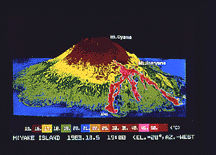This is an infrared (IR) view of Mt. Jian in Japan erupting in 1983. IR "light" is a form of electromagnetic radiation given off by hot materials like lava.
Click on image for full size
Daedalus Enterprises, Inc., Ann Arbor, MI
Electromagnetic Radiation
Text for this level has not been written yet.
Please see the "Intermediate" text
for this page if you want to learn about this topic.
To get to the "Intermediate" text, click on the blue "Intermediate" button
at the top of the page (between the "Beginner" and "Advanced" buttons).
You might also be interested in:
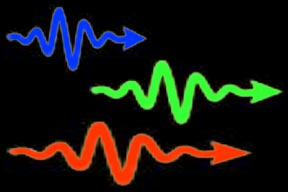
Text for this level has not been written yet. Please see the "Intermediate" text for this page if you want to learn about this topic. To get to the "Intermediate" text, click on the blue "Intermediate"
...more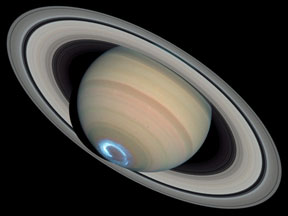
Have you ever seen the Southern or Northern Lights? Did you know that other planets (besides Earth) have them too? Scientists call these cosmic light shows the "aurora". Saturn is one of the planets that
...more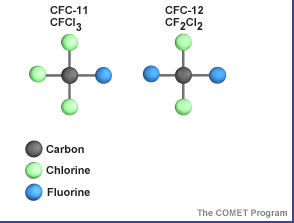
Most of the ozone that we know about is found in the the stratosphere, the second layer of the Earth's atmosphere. Ozone forms a kind of layer in the stratosphere. This layer shields us from the Sun's
...more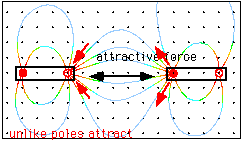
Electricity and magnetism are two very important topics in the science of physics. We use electricity to power computers and to turn on a light. Magnetism makes a compass point North and keeps notes stuck
...more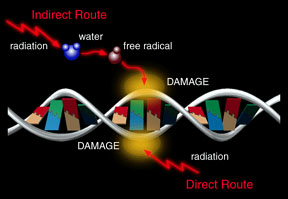
High frequency radiation or fast moving particles plow into a living cell with enough energy to knock electrons free from molecules that make up the cell. These molecules with missing electrons are called
...more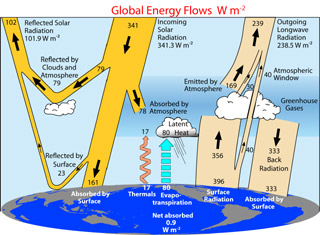
Light from the Sun shines on Earth. Some of that light reflects off clouds back into space. Some of the light makes it to the ground and warms our planet. The warm ground and oceans give off infrared (IR)
...more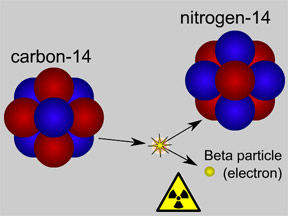
Some materials are radioactive. They give off radiation. When an atom of a radioactive substance gives off radiation, it becomes a new type of atom. This change is called radioactive decay. There are two
...more


